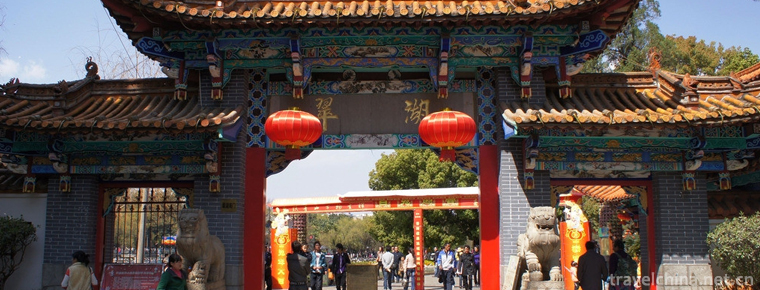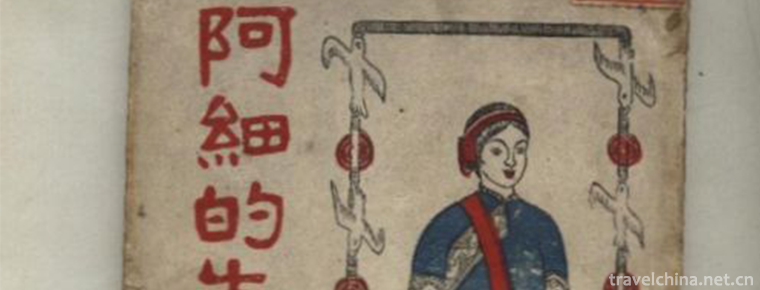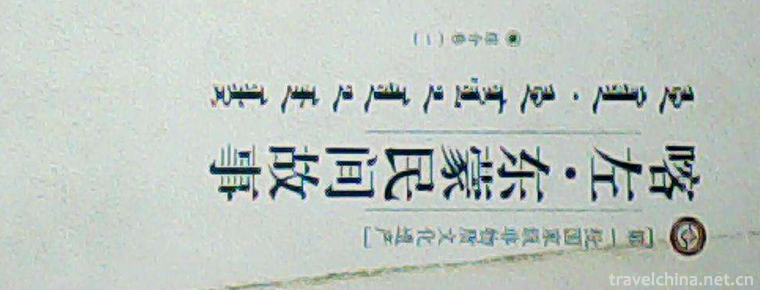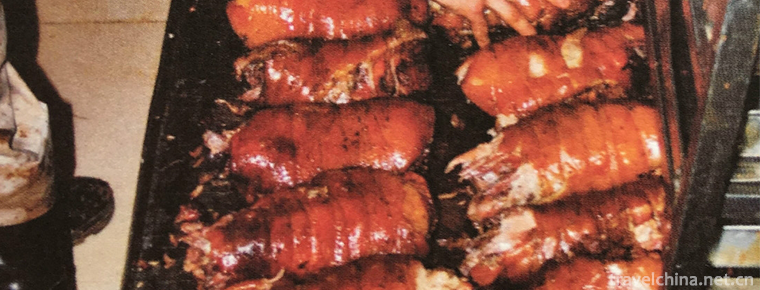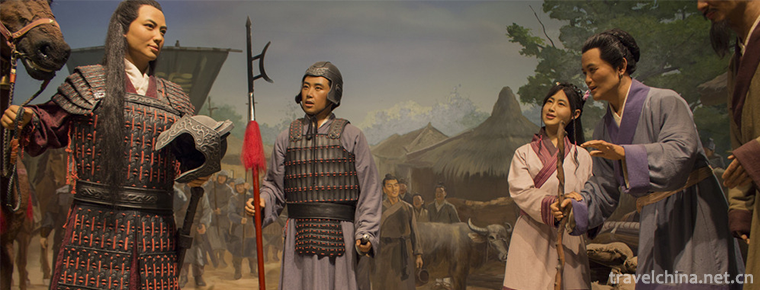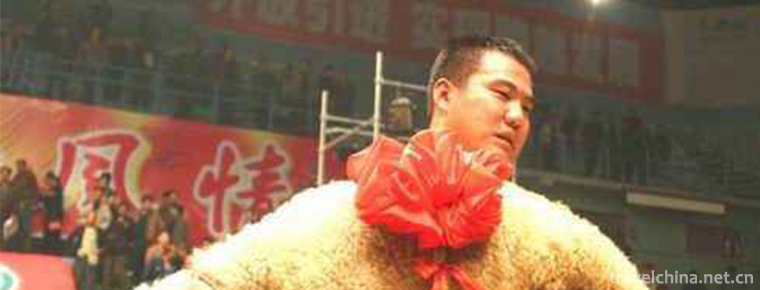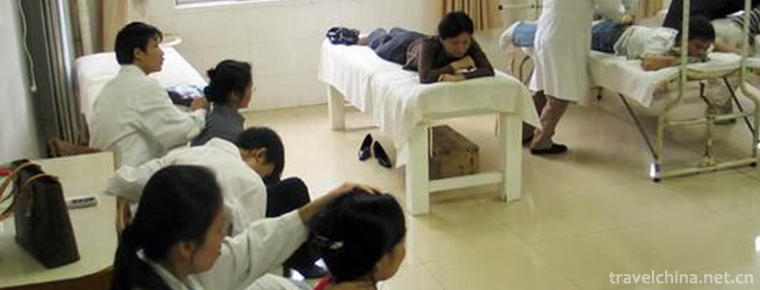Old soup essence formula
Old soup essence formula
The formulation of Royal Food Old Tangjing includes the formulation and production technology of Old Tangjing, which is a valuable cultural treasure in the history of condiment development in China. This technology originated from Liang Zhong, the Royal cook of Xianfeng Emperor in Qing Dynasty. It was a complete set of techniques, including the formulation of old soup, which Liang Zhong studied and experimented repeatedly on the basis of summing up the experience of his predecessors.
According to reports, the soup produced by Liang Zhong was very delicious and was very popular with emperors and court ministers at that time. Later, Liang Zhong sorted out the recipe and techniques for making soup and passed them on to his apprentice, Tang Keming, the Royal chef of Aixinjueluo Puyi in the late Qing Dynasty. Later, Tang Master passed them on to his apprentice, Sheng Yingjie, a Chinese cook master. In order to carry forward the cooking culture of the motherland and inherit and develop this precious traditional recipe, Sheng Lao has been looking for suitable candidates. On June 8, 2009, Sheng Yingjie regarded himself as the most precious Chinese dietary treasure in his life - the secret recipe and production technology of the Centennial Palace soup, and taught him to Mr. Wang Jun, the third national special invitation judge of condiments. Since then, this precious cultural heritage of diet has been inherited by the fourth generation.
In order to make this traditional palace delicacy shared by the people, Mr. Wang Jun, on the basis of inheriting the traditional soup production, used modern sterilization technology to preserve liquid, paste and granular soup essence for a long time. When making the old soup essence, we choose the raw materials such as pig, cow and chicken to extract the flavor. Various spices were added according to the formula and boiled for a long time according to the traditional technology, then concentrated and made into various kinds of old soup essence. This product not only retains the unique flavor characteristics of the traditional soup, but also has a strong aroma, outstanding taste, thick and lasting taste, reflecting the pure Chinese taste, delicious and delicious.
Old soup essence is easy to use, widely used and varied. It not only solves the problem of traditional soup making and saves chefs a lot of time, but also applies to the cooking methods of all dishes such as stir-frying, frying, cooking, roasting, pickling, sauce and brine. It can be used for making dishes, soup, hot pot, filling dumplings and steamed buns, and mixing various cold dishes. Not only can it be widely used in Hotel industry, catering industry and hotel industry, but also it is very suitable for family use.
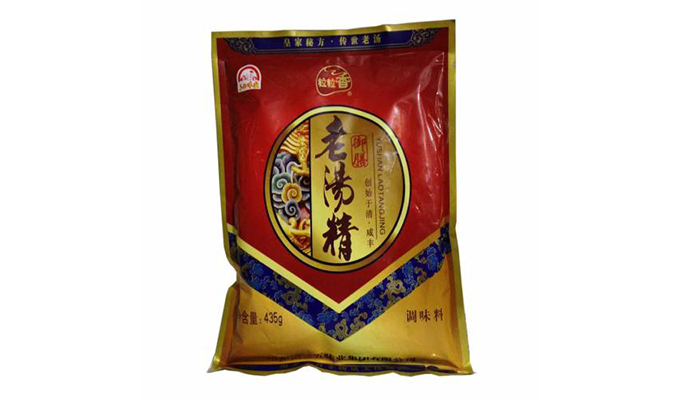

Old soup essence formula
-
Green Lake Park
Cuihu Park is located at the foot of Luofeng Mountain in Kunming City
Views: 218 Time 2018-10-21 -
Baiyang Lake
Baiyang Lake/Anxin Baiyangdian Scenic Area is located in the central part of Hebei Province. Anxin Baiyangdian is the largest inland lake in Hebei Province
Views: 407 Time 2018-11-24 -
The Oriental Pearl Radio & TV Tower
The Oriental Pearl Radio and Television Tower is one of the landmark cultural landscapes in Shanghai. It is located in Lujiazui, Pudong New Area, with a height of 468 meters
Views: 624 Time 2018-12-05 -
Ah Xi Xian Ji
"Xianji" is an epic of the Ashi people of the Yi tribe, which is spread orally among the Ashi people in the Xishan area of Maile City, Yunnan Province. "Xianji" is the transliterat
Views: 213 Time 2019-03-28 -
Eastern Mongolian Folk Stories in Kazuo
The Folktales of Kazuo East Mongolia are spread in an oral literature in the left-wing Mongolian Autonomous County of Karaqin. Folk narrators, in the traditional way of oral narration and singing,
Views: 128 Time 2019-05-08 -
Traditional Processing Techniques of Liuweizhai Sauced Meat
Liuweizhai is a well-known Chinese brand which was founded in 1738 in the three years of Qianlong in Qing Dynasty. Its sauced meat, as a traditional food in China and a famous food in the Three Jin Dy
Views: 161 Time 2019-05-14 -
Mulan Legend Hua Mulan Legend
Mulan legend is one of the Chinese folklores. Mulan legend began in Sui and Tang Dynasty. It is characterized by the spread of Chinese folk oral language in the early period, and then by the appearanc
Views: 177 Time 2019-06-06 -
Scratch sheep race
The Naoyang Competition is a traditional Chinese folk custom activity mainly in Xinzhou City, Shanxi Province. It's a wrestling competition with a live sheep as a prize. In the countryside, "scra
Views: 124 Time 2019-06-07 -
Bone setting therapy of traditional Chinese medicine
Bone-setting, traditional Chinese medicine refers to the treatment of fracture, dislocation and other diseases by pushing, pulling, pressing and pressing. Orthopaedics, as a specialty name, is a speci
Views: 331 Time 2019-08-10 -
Xihua University
Xihua University, located in Chengdu City, Sichuan Province, is a provincial key comprehensive university with complete disciplines and multi-disciplinary development. It has been selected as "Ba
Views: 246 Time 2019-08-31 -
Southwest University of Science and Technology
Southwest University of Science and Technology is located in Mianyang City, Sichuan Province. The school is a university built jointly by the Sichuan Provincial People's Government and the Ministry of
Views: 230 Time 2019-08-31 -
Panzhihua scenic spot
Gesala Ecotourism Area is a national AAAA tourist attraction, a provincial tourist resort and a provincial ecotourism area. It is located in the northwest of Panzhihua City, about 110 km away from the urban area. There are ten thousand acres of pines, azalea sea, Yi People's customs and Tiankeng floor drain.
Views: 134 Time 2020-12-14
